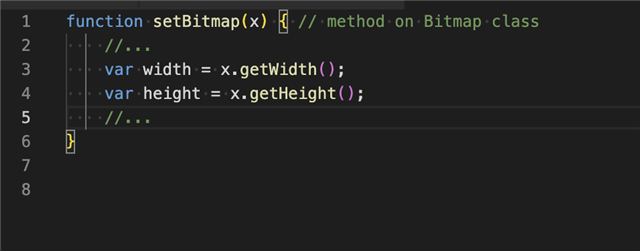One of my users reported this error, but unfortunately I don’t have a stack trace to go on.
I’m hoping to tap into the swarm intelligence here - does anyone know of an SDK function that accepts a parameter which can be either a Number or a BitmapResource?
I’ve checked my own code and don’t see any instances of this.




